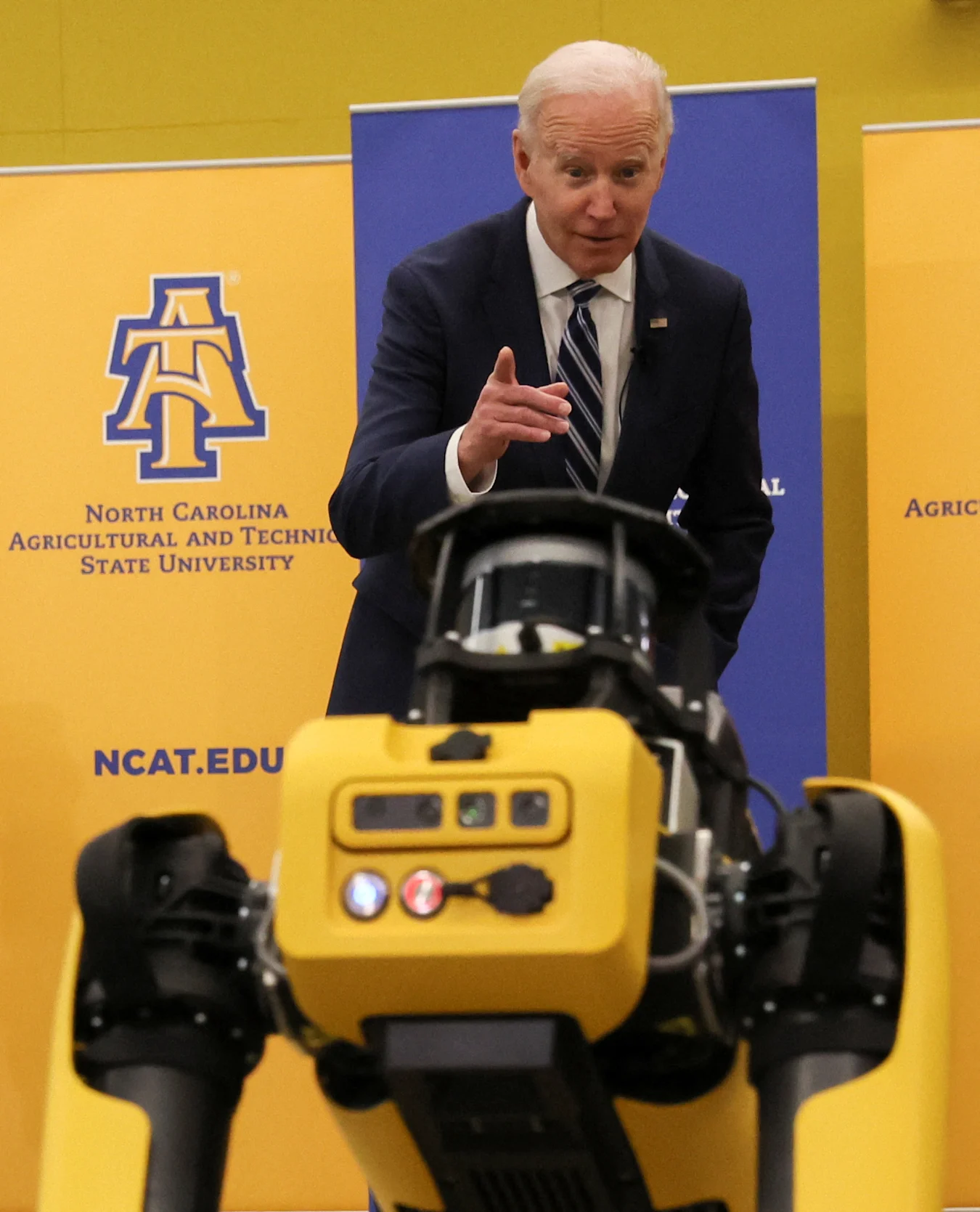
Between Amazon using tech to extract more productivity from its workforce, Clearview AI harvesting our facial features, schools trying to scan children’s rooms before exams and Facebook’s whole “accused of contributing to genocide” thing, the same technologies that have brought us the wonders of the modern world have also brought about some of the horrors of the modern world. And, apparently, the Biden Administration isn’t going to stand for it.

On Tuesday, the White House Office of Science and Technology Policy (OSTP) released its long-awaited Blueprint for an AI Bill of Rights (BoR). The document will, “help guide the design, development, and deployment of artificial intelligence (AI) and other automated systems so that they protect the rights of the American public,” per a White House press release.
As such, the BoR will advocate for five principles: Safe and Effective Systems, Algorithmic Discrimination Protections, Data Privacy, Notice and Explanation, and Human Alternatives, Consideration, and Fallback. “Simply put, systems should work, they shouldn’t discriminate, they shouldn’t use data indiscriminately,” BoR co-writer Suresh Venkatasubramanian, wrote in a tweet thread Tuesday. “They should be visible and easy to understand, and they shouldn’t eliminate human interlocutors.”
“There were thousands of edits and comments that made the document strong, rich, and detailed,” Venkatasubramanian continued. “The AI Bill of Rights reflects, as befits the title, a consensus, broad, and deep American vision of how to govern the automated technologies that impact our lives.”
“Automated technologies are driving remarkable innovations and shaping important decisions that impact people’s rights, opportunities, and access. The Blueprint for an AI Bill of Rights is for everyone who interacts daily with these powerful technologies — and every person whose life has been altered by unaccountable algorithms,” said Office of Science and Technology Policy Deputy Director for Science and Society Dr. Alondra Nelson. “The practices laid out in the Blueprint for an AI Bill of Rights aren’t just aspirational; they are achievable and urgently necessary to build technologies and a society that works for all of us.”
The Administration has spent more than a year developing the BoR to its current state, including extensive public outreach through panel discussions, public listening sessions, and meetings with everyone from workers and activists to CEOs and entrepreneurs. In addition to the bill itself, the OSTP has also released a companion work, From Principles to Practice, which details concrete steps for both government and NGO entities, public and private companies alike, take to ensure they are operating within the scope and spirit of the document.
“Effectively implementing these processes require the cooperation of and collaboration among industry, civil society, researchers, policymakers, technologists, and the public,” the BoR reads. Of course, the blueprint details no actual enforcement mechanisms.
Author: A. Tarantola
Source: Engadget



